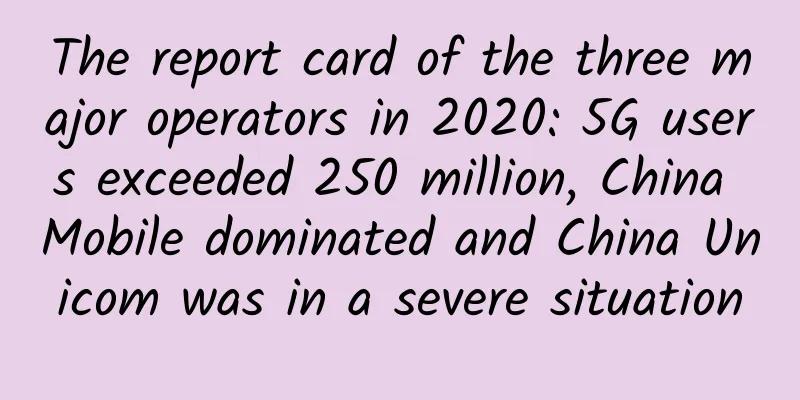5G and manufacturing advantages: optimism tempered

|
5G-enabled factories will have the ability to maintain connections to more sensors than either wired or previous wireless installations. As 5G enters the world, network operators and manufacturers alike say it’s only a matter of time before its potential is realized. Manufacturers in particular are optimistic about the enhanced machine-to-machine capabilities the emerging standard will offer. That’s the finding of a survey of 141 network operators and enterprises released earlier this year by Heavy Read in conjunction with Wind River. Enterprise respondents believe that LTE or Wi-Fi cannot meet their current industrial needs, with only 12% satisfied with LTE’s performance and 2% believing that Wi-Fi is an effective communications protocol. Clearly, people think 5G is better suited for industrial applications. More than a quarter (28%) believe that 5G’s performance advantages “will force its use” where industrial networks need wireless. At the same time, they are taking a wait-and-see approach to 5G technology. A majority of 58% said that the purported theoretical advantages of 5G still “need to be proven in practice.” “The 5G era is just beginning,” said Gabriel Brown, principal analyst at Heavy Reading and author of the study. Most operator respondents expect 5G to be a mainstream mobile service by 2023. A significant number of businesses (36%; 40% of consumers) believe this will be by the end of this year. Brown noted, “This new connectivity in mobile network architecture enables operators to offer higher performance services—particularly low-latency services—that were not possible or practical on 4G, and could not be delivered effectively from large, centralized data centers.” Meanwhile, the Covid-19 crisis may be accelerating enterprise adoption of 5G technology, as a recent PwC report confirms. "5G's unique advantages for further automating factory floors and incorporating new services into a wide range of products will make it a must-have in the post-COVID-19 world," PwC's authors report. However, they say that fully realizing the benefits of a 5G environment may take time. "While 5G promises a high level of reliability, the factory floor is a notoriously difficult and noisy environment for any wireless system. It is possible to implement 5G as a completely closed system, but this would likely mean losing the speed and flexibility gained by maintaining critical computing processes in the cloud." Cost issues may arisePwC warns that industrial 5G implementation may also be hampered by the costs incurred by investing in networks, sensors and modified infrastructure. This cost needs to be offset by the productivity gains enabled by 5G, which can be achieved through careful planning, the PwC authors continued. “When integrated into factory solutions, 5G’s faster speeds, lower latency and greater bandwidth should theoretically enable companies to increase the productivity of their factories; by minimizing downtime required for maintenance and speeding up changes to production lines. Greater integration with the supply chain will reduce delays in replenishment interventions for parts.” The Heavy Reading survey, which covered the automotive and industrial sectors in the enterprise, reflects optimistic plans for 5G rollouts. Among automotive industry respondents, initiatives leading the way in connectivity include in-vehicle information technology, navigation and infotainment, as well as progress in driving automation and large-scale electrification. When asked which "vehicle-to-everything" (C-V2X) applications will dominate deployments, vehicle-to-networks (C-V2X) applications led with 56%. In second place was vehicle-to-infrastructure at 36%. Vehicle-to-vehicle (V2V) scored almost as high at 35%. However, a majority (64%) do not believe 5G is essential for autonomous driving. Across industries, most respondents rated embedded monitoring as more important for infrastructure than for the applications themselves, and more important than for gaining business insights. The most important use of embedded monitoring was for “security” of edge cloud infrastructure, which the majority (56%) of respondents rated as “extremely important.” Next was “performance” (44%), followed by “business insights” (33%) and “application analytics” (19%). The relatively low percentage of respondents who see 5G as valuable in direct business improvements “means that respondents will have another dedicated tool at the application and business insights layer,” Brown said. “However, these are still important, and the responses do not rule out that edge infrastructure monitoring can feed data into these tools and contribute to business insights.” PwC researchers are optimistic that the rollout of 5G will have a significant impact on industrial operations. "By eliminating the need for wired connections, 5G will complement high-speed manufacturing environments with greater flexibility. The richness of 5G-enabled factories, which will have the ability to maintain far more sensor connections than wired or previous wireless facilities, offers the potential to connect anything." |
<<: NASA is upgrading the Deep Space Network to help advance future space exploration
Recommend
[Black Friday] CMIVPS Hong Kong VPS Hosting 30% off, Hong Kong/US Dedicated Server 10% off
CMIVPS has released a Black Friday discount plan,...
Do you know the role of API Gateway?
[[266934]] API Gateway The following three scenar...
LiteServer 15th Anniversary 15% off, 2GB RAM NVMe hard drive package starts from €5.1/month
LiteServer is carrying out a promotion for its 15...
Senhua Yiteng launches CDN intelligent service management platform
Adhering to the service-first concept, Senhua Yit...
5G technology has already approached the Shannon limit, what else can 6G do?
On May 17, China Unicom and ZTE Corporation signe...
What is the environmental impact of 5G and how will it impact the world?
In recent years, commercial real estate owners ha...
Traefik Enterprise Practice: TraefikService
Introduction The routing rules of traefik can imp...
Illustrated Network: Access Control List (ACL), which is as powerful as a firewall
In the world of computer networks, one of the mos...
MIIT talks about 6G: Breakthroughs in key core technologies are needed
According to the news from the Ministry of Indust...
How Network Modernization Drives Digital Transformation
[[422647]] The fact is that the global outbreak o...
F5 Launches F5 Advanced WAF for Multi-Cloud Application Security
Beijing, China, May 14, 2018 – This week, F5 (NAS...
Scientists convert Wi-Fi signals into electricity to charge devices
Wireless charging, which we often refer to, gener...
Top 7 web scraping tools for 2019
The Internet is constantly flooded with new infor...
Analysis on the development trend of indoor distribution system in the 5G era
With the development of mobile Internet communica...
The road to containerized network functions
【51CTO.com Quick Translation】Service providers an...









